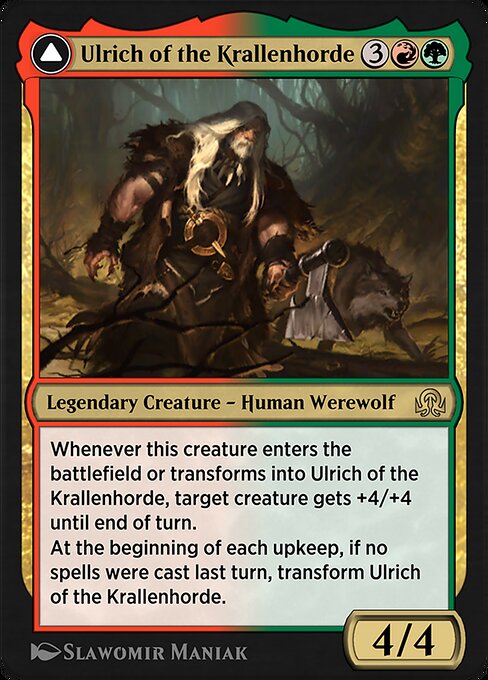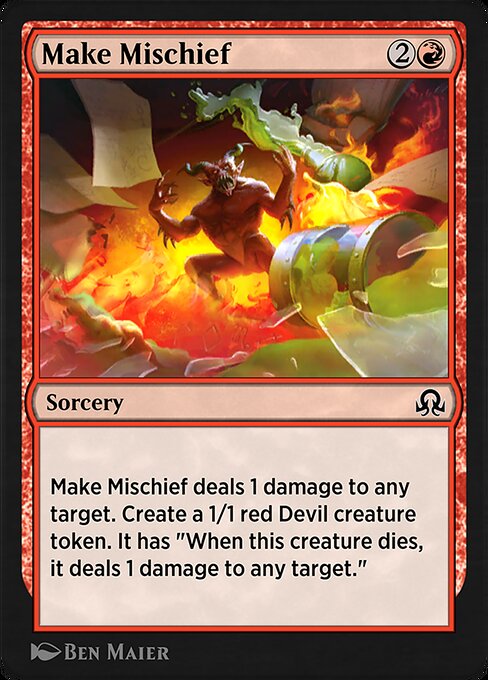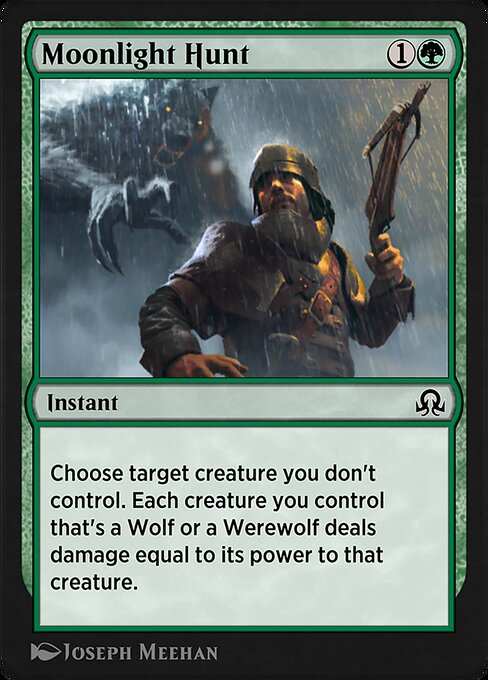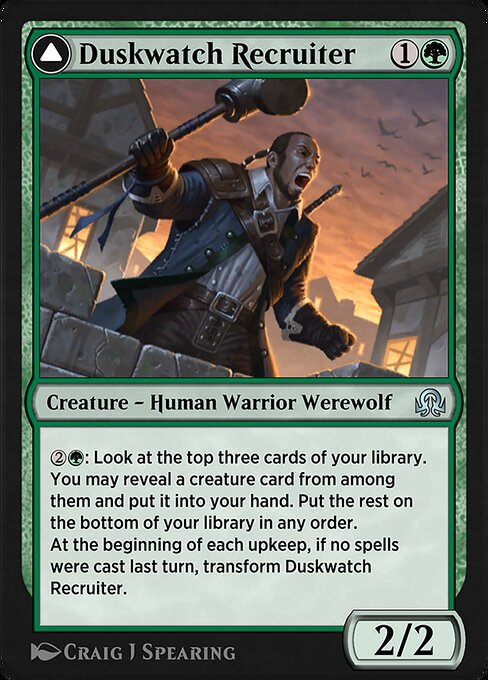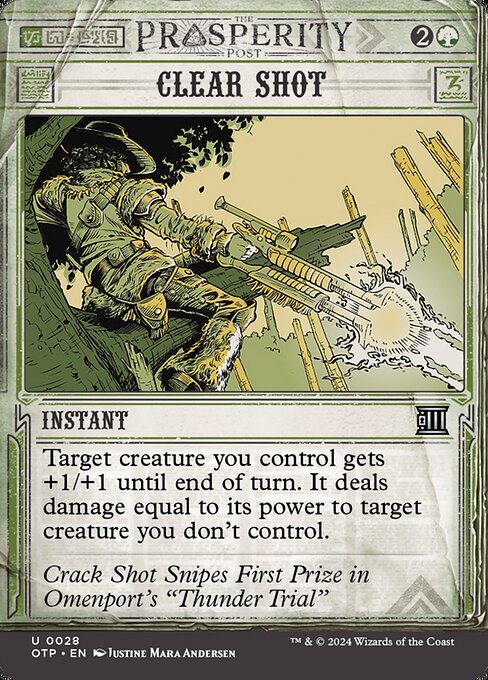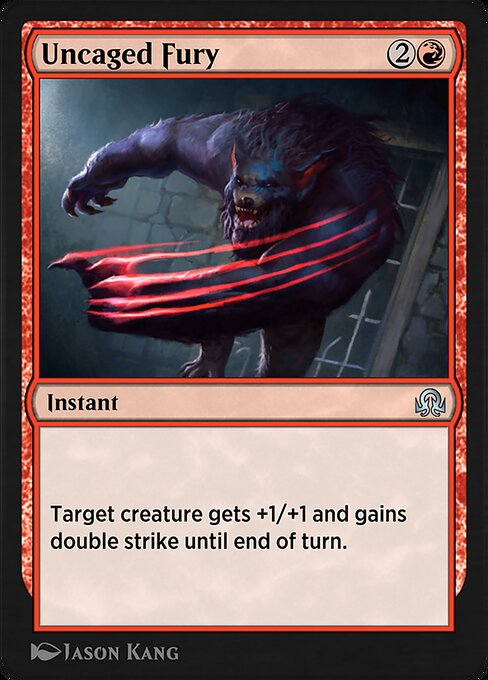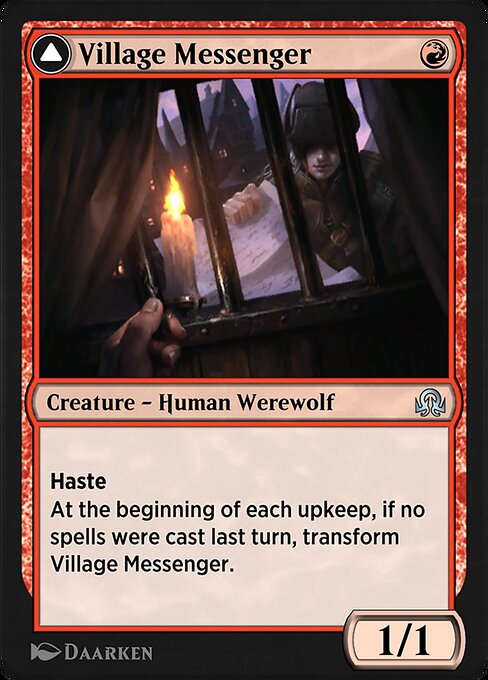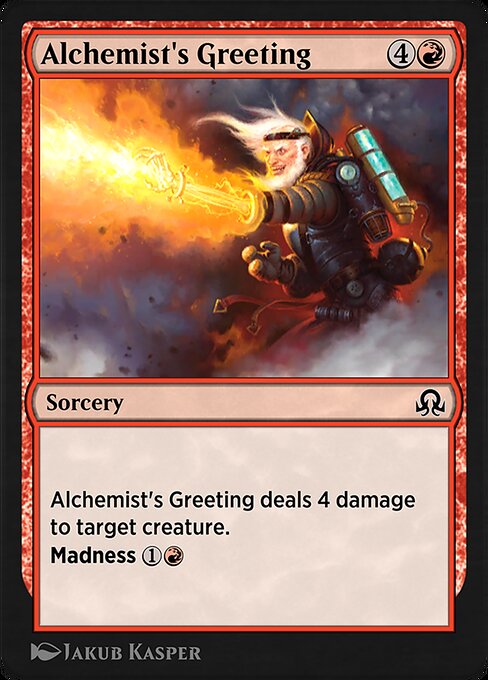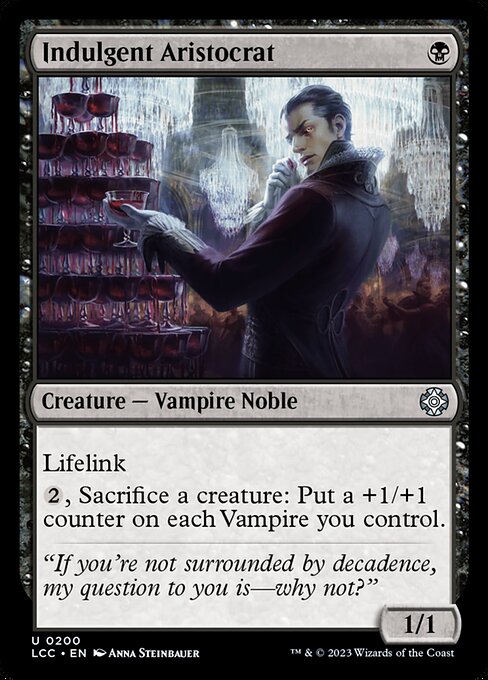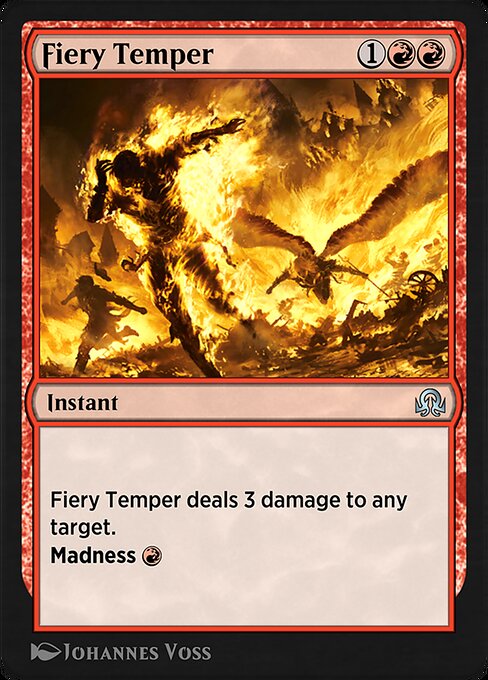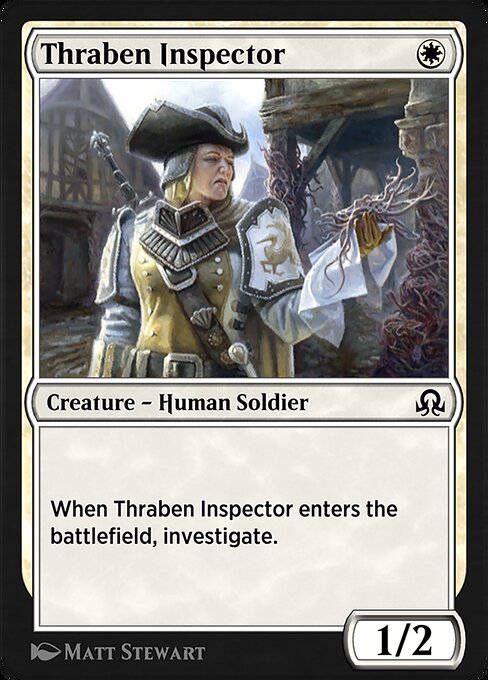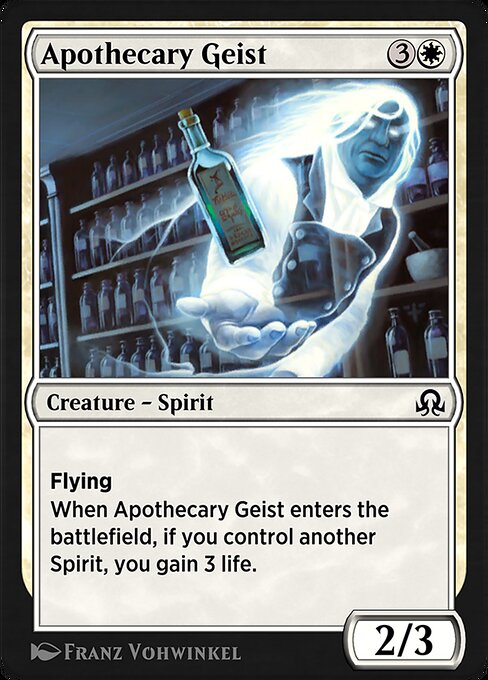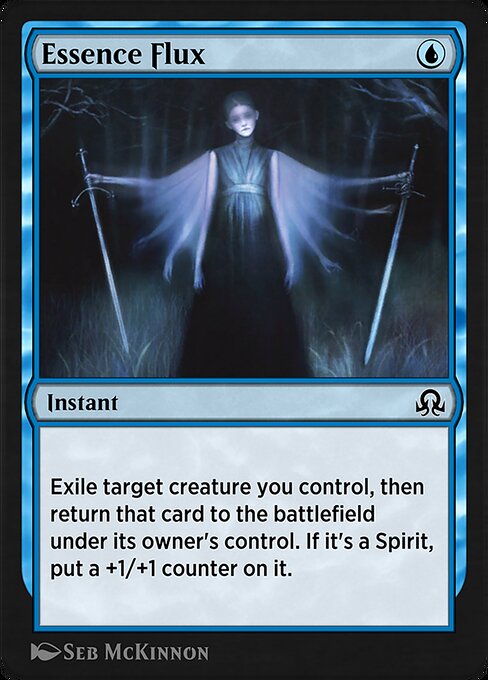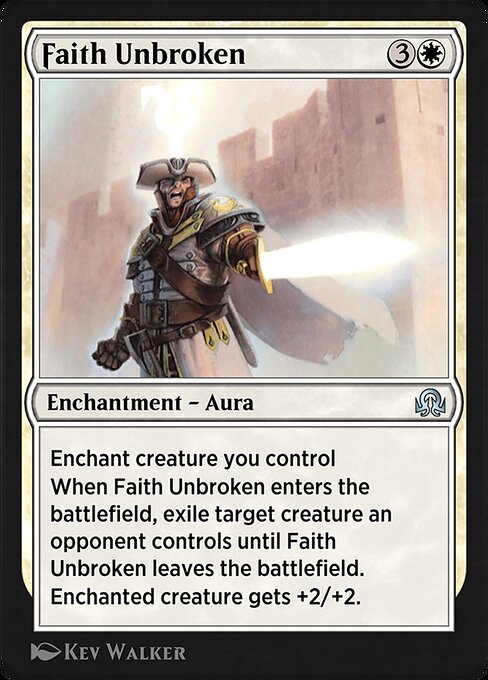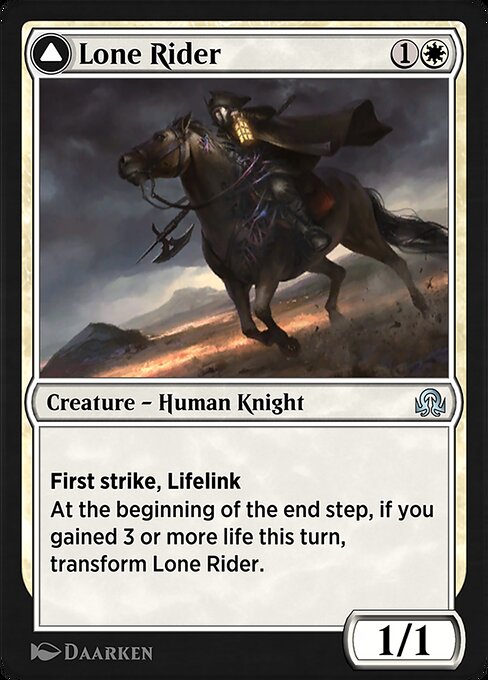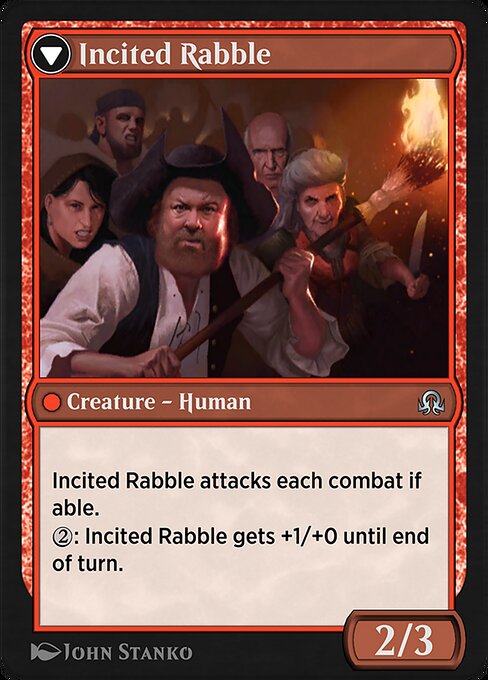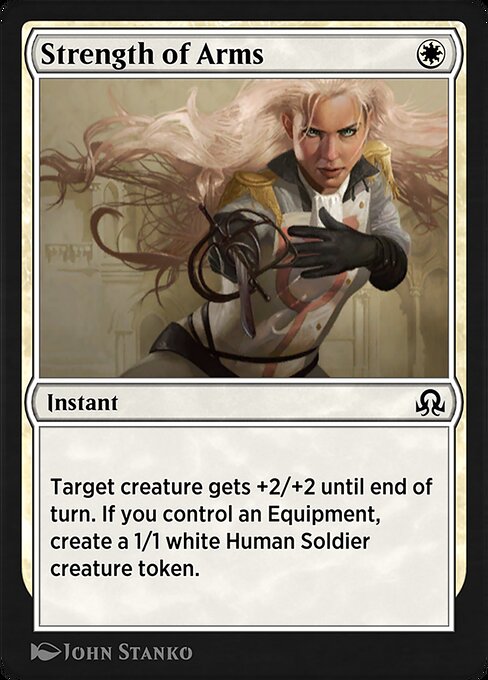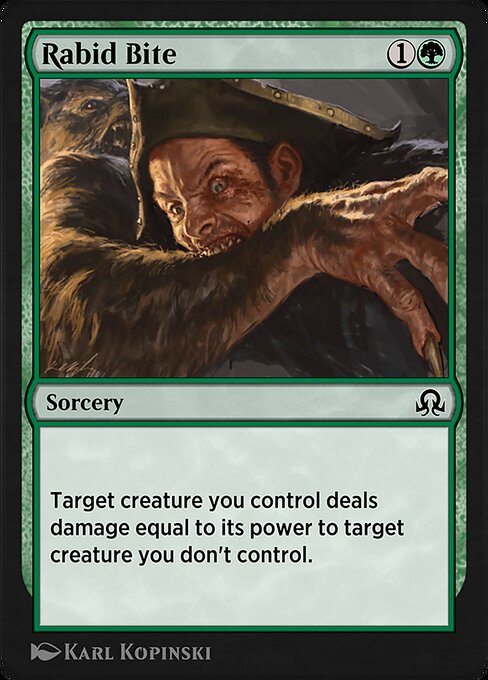Table of Contents
A new but old format hit Arena this week. Shadows over Innistrad was first released in 2016 but the set was remastered for Arena and had some cards added from Eldritch Moon expansion, some rarity shifts and a special slot in the pack dedicated to cards predominantly from even earlier visits to the Innistrad plane. You can learn more about the set’s anatomy from the one and (hopefully for the humanity) only J2sjosh. The most interesting feature of the set is the extra slot, as every week it will have a different theme with completely different cards which may impact the optimal strategy. In the first week the theme is Tribal so we can expect the Spirits, Wolves and Vampire decks being slightly stronger now than they will be in the upcoming weeks.
But there are some features of the set that Josh couldn’t have covered before the release as we can only figure them out with the help of good old data. Every time a new set is released on Arena my first check is: are all the cards appearing in the boosters at expected frequency? There were times previously, where that was not the case, and it usually has something to do with a special slot in a pack. For example in Strixhaven, the lesson cards had a slightly different frequency in the packs than other cards of the same rarity.
This is why I always test pack collation when a new set hits Arena and this time I was not disappointed. How do I test it? It is relatively simple. Average Last Seen As (ALSA) measure is strictly related to the number of times 17Lands users see each card: the higher the ALSA, the more the card is seen. This means we can plot all cards of the same rarity and look for outliers: cards that don’t align well with the rest.

As you can see the majority of cards align well, but 5 commons do something different. I checked what cards are in this group and all of them are two sided. Meld cards, werewolves and transform cards – all of them appear in the packs fewer times that expected. I calculated it and it seems two-sided commons are 20% less common than other commons. Take that into account when drafting -you can’t count on those cards as reliably as on similar cards that are only one sided. But it gets even more extreme when we look at rares.

The double sided rares are around 70% more frequent than other rares. This means that some really powerful cards are appearing more in your drafts so don’t be surprised if your opponents always seem to have Ulrich of the Krallenhorde – this is one of the rares that is affected. Not shown in this data, the same applies to double-sided mythics.
Color Pair Rankings
With the peculiarities of the pack collation out of the way, what are the best color pairs in the format so far?

There is a clear tier 1 for color pairs, and it contains 4 decks: WU Spirits, WG Humans, BR Vampires/Madness and RG Werewolves. As you may remember, packs in SIR do have a special slot dedicated to older cards that will rotate weekly and in week one it did contain tribal synergy cards, which can be at least partially responsible for the dominance of those archetypes.
But even after the week 2 Shadows of the Past card pool rotates in, the tribal decks should still be strong. Yes, Vampires and Spirits will probably lose some of their power as three powerful cards: Drogskol Captain, Stromkirk Captain and Vampiric Fury will not be there anymore, but still the majority of the power in those color combinations are in the cards from the main set.
After the Tier 1 we get a chasing pack of WR, UR, BG and GU. Izzet was pretty strong in the first few days but dropped out of contention in the second half of the week, possibly because the cheap removal spells in red started to be more contested around the table.
And finally way behind everything else we have Dimir Zombies. Unfortunately even with some extra synergy cards in the special slot Zombies don’t seem to match the power of other tribes.
As it is usually the case, 17Lands users realised pretty quickly which color combinations are powerful.

The order of color pairs in the above graph is the same as the order of the most winning archetypes from left to right and as you can see four most drafted combinations by the 17Lands users are also the four with the highest win rate for the first week. Invested players, with access to data will tend to lean towards successful colors to maximise their chances to trophy.
That doesn’t mean they force those colors, but slight preference is all it takes. Even without preference for color, if you only use the individual card win rates in your drafts, you will tend to end up on good color combinations more frequently as good color combinations have more good cards.
But what are those essential cards in SIR? To answer this question I will look at the top 4 archetypes, see what makes them tick to make it easier for you to position yourselves better in the second week of the format and upcoming Arena Open.
Gruul (RG) Werewolves
Werewolves are a major theme in SIR but at the common level neither wolves or werewolves shine in the data for this archetype. Top 5 commons are all removal spells.
Surprisingly, top spot is occupied by Make Mischief, 3 mana ping something for 1 and make a devil that pings on die trigger. This card has a much smaller sample size, but is worth keeping in mind when drafting as it does go pretty late. Incendiary Flow, Galvanic Bombardment, Moonlight Hunt with Rabid Bite on their heels all line up well with your deck plan of being aggressive and pushing damage, but creatures seem pretty replaceable in this archetype.
After the removal you have a pack of creatures with relevant type (Wolf / Werewolf) but those seem less important in quality. Notable traps for this archetype are creatures that are not Wolves – examples being Ravenous Bloodseeker or Bloodmad Vampire. Those cards have a markedly lower win rate as they don’t gain from synergies and make cards like Moonlight Hunt weaker.
The deck exists on at the Uncommon level. 11 uncommons have a win rate over 56%.
Top 4 are a combination of further removal, good werewolves and Uncaged Fury, which can suddenly end games and gives the deck that extra reach. Behind those we have more werewolves and a couple cards that do go later in draft in Neglected Heirloom and Howlpack Resurgence. The latter may be more important in week two, as RG looses Immerwolf from the Shadows of the Past slot. Immerwolf is certainly a loss for the archetype but on the plus side it removes the awkward conflict between it and the transforming Eldrazi werewolves which Immerwolf was a nonbo with.
As for notable traps in the archetype, particularly Fiery Temper has low win rate, but potentially is better when you have cards like Noose Constrictor in your deck. Aside from that some good and highly picked non-werewolf creatures have disappointing numbers. I am looking at you Stromkirk Occultist and Deathcap Cultivator.
As for outlook for week two – deck loses a key uncommon and some good rares. But apart from that it should still be good. Worth noting that the top card altogether in the archetype, Ulrich of the Krallenhorde, is a two sided card – that means it is appearing 70% more often than the normal rares – so it will be often a bit more often than once in every 2 draft pods – a reward worth reaping if you pick the right lane.
Rakdos (BR) Vampires/Madness
Vampires definitely lean on the madness synergies – top commons clearly point towards it.
Top 2 commons are madness spells and number 3 is the best madness enabler in Olivia's Dragoon. Just behind those you get Incendiary Flow, again pointing towards the importance of removal in this format. Again the theme creature type is important but common cards are pretty much replaceable like in Werewolves.
Bloodmad Vampire, Insolent Neonate, Ravenous Bloodseeker and Weirded Vampire are all solid but not exceptional. The archetype will lose one important common in week 2 in Vampiric Fury. As for the traps, one notable is the Conduit of Storms – picked highly for a common but having a poor win rate in this archetype.
But a much bigger hit will be losing the color pair’s top uncommon in Stromkirk Captain. If we exclude it, top 4 commons still point towards the vampire and madness theme.
Indulgent Aristocrat is pretty underrated but the card has really good numbers. My guess it shines in particular in the versions of the deck with Call the Bloodline, which is also a great performer in the deck bridging both synergies in the color. Stromkirk Occultist, a trap in RG, shines here showing you just how much synergies matter in SIR. Lots of cards have the “secret gold card” vibes, being significantly better in one of the color combination.
Same goes for Fiery Temper, which was mediocre in RG but looks great here. Thermo-Alchemist is a bit of a surprise, but the deck can have spells sub theme and Alchemist allows to ping opponent when your creatures are grounded by opponent’s blockers. One notable trap is the Stensia Masquerade – a card that looks like a vampire payoff, but has pretty disappointing 53% win rate in the archetype.
This deck takes a serious hit in week 2 losing its top uncommon and a key common in the Vampiric Fury. The deck also looses one of its top bombs in Bloodline Keeper. One minor gain is Faithless Looting, which can help your deck if it is madness-heavy but in general I expect Vampires to do a bit more poorly compared to week one.
Azorius (WU) Spirits
Spirits is in its pure form a tempo deck – supplementing its slower but evasive clock with a range of spells slowing opponent down. This is reflected in the top commons.
Thraben Inspector and Essence Flux represent the tempo elements, Inspector is a card neutral way to slow opponent down, Essence Flux blanks a removal or an attack while accelerating your clock. It also synergises with the ETB effects present on many spirits. Both spells cost only 1 mana which is key to their success.
Tattered Haunter is the prime spirit clock – a 2/1 Flying creature for 2 mana is exactly what you want and the drawback is not really important if you apply the correct game plan, where blocking is not important.
Apothecary Geist has elements of both the sides of strategy – slowing opponent down with life gain and providing another evasive body in the process – a body that can easily blank some attacks the turn it comes into play.
Aside from the top 4, some other spirit and tempo spells look decent in the deck, with Guardian of Pilgrims and Drag Under being good examples. One card showing promising potential is Lunarch Mantle, aura granting +2/+2 – however the sample size of that card is pretty low. But it might be good in particularly aggressive variants of the deck. The archetype will lose one good common in Battleground Geist.
Spirits will lose their captain in week two, as Drogskol Captain rotates out and that is a substantial loss as it was the top uncommon for the archetype. Still lots of good uncommons remain.
Nebelgast Herald is amazing in the deck plan, by slowing opponent down and even if they get a blocker, neutralising it in later game. Faith Unbroken is the Lunarch Mantle with a removal tagged onto it – a perfect card for what your deck wants to do. Lone Rider is a great combo with Apothecary Geists you want to play anyway, and will make sure you win your races easily. Gossipmonger is good offensively even without evasion.
Other spirits at uncommon do very well too. Especially Spectral Shepherd has both good win rate and goes relatively late allowing you to step beyond tempo play and giving your deck a bit of staying on power by recurring spirit ETBs in mid to late game and protecting your creatures well.
Notable trap is the Subjugator Angel. High cost, useless ability and no tribal synergy makes the card perform poorly, especially taking into account it is picked relatively high.
In week 2 Spirits do loose the lord, and a lord-like common which are serious hits. On the rare front they also will not have a solid rare in Angel of Flight Alabaster. But they do have some gains in Lingering Souls, which will potentially increase the importance of WB and UB dual lands if you are in this lane. Additional gain is the Feeling of Dread and Silent Departure, that will greatly help your tempo plan. So even accounting for the losses the deck should stay pretty strong, especially when key cards remain slightly underdrafted.
Selesnya (WG) Human Aggro
WG roster of good commons is very wide compared to other colors. 16 commons have a Game in Hand win rate of 56% or more.
The top four is loaded with cheap cards. Rabid Bite at two mana looks expensive. Thraben Inspector shines again, Gnarlwood Dryad combines early damage with good racing potential later in the game and synergy with Bite Down. Strength of Arms is a great combat trick synergising with a minor equipment theme but also allowing you to be mana efficient.
Despite the wide selection of commons, some of them are limited by their functionality. You can only play that many Strength of Arms, Lunarch Mantle and Confront the Unknown in one deck. There are not that many common creatures that pass the 56% win rate bar, so it is worth mentioning Byway Courier, Obsessive Skinner, Intrepid Provisioner and Dauntless Cathar.
If common roster was wide, Uncommon one is even broader with 21 uncommons crossing the 56%.
All of the top 4 commons stay with us for the week 2. Lone Rider shines again, but this time its most likely transform triggers are the +2/+2 tricks and auras. Recruiter and Constrictor are other excellent 2-drops and Clear Shot is just one of the best limited removal spells of all times, especially in this type of ground based aggressive decks where it will often be a 2-for-1 or better.
Other good cards are either removal spells of have a Human creature type. This tribe doesn’t need a lord in its classic meaning but there are plenty of microsynergies, exemplified by the Courageous Outrider being the 5th best uncommon. One potential exception / trap being the Ironclad Slayer, which has poor stats despite synergies with Humans, Auras and Equipment.
The deck loses two key pieces of equipment in Butcher's Cleaver and Avacyn's Collar. Those two losses will also make Strength of Arms somewhat weaker as the chance of making a 1/1 will decrease. One other card rotating out that did surprisingly well here was Haunted Fengraf – but not many people knew it performed well in the archetype so it will be not felt as much. On the positive note, the archetype gains Travel Preparations, an incredible racing tool and Lingering Souls, which should still be good even with limited possibility of flashing it back.
We will see how do the small changes in card pool impact the archetype strength. Will BG and UR decks gain enough power to advance to the higher tier? Will vampires loose some of its power due to cuts? I will surely explore those questions next week. Meanwhile you can see my seminar from this week on youtube (minding that the data from this article is a bit fresher).
Premium >
Enjoy our content? Wish to support our work? Join our Premium community, get access to exclusive content, remove all advertisements, and more!
- No ads: Browse the entire website ad-free, both display and video.
- Exclusive Content: Instant access to all exclusive articles only for Premium members, at your fingertips.
- Support: All your contributions get directly reinvested into the website to increase your viewing experience!
- Discord: Join our Discord server, claim your Premium role and gain access to exclusive channels where you can learn in real time!
- Special offer: For a limited time, use coupon code L95WR9JOWV to get 50% off the Annual plan!

























